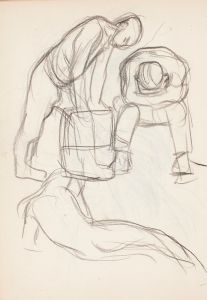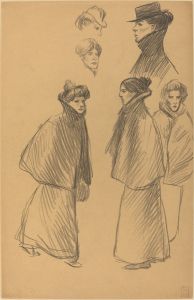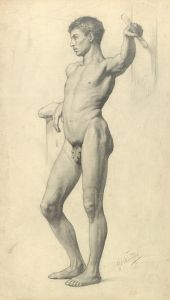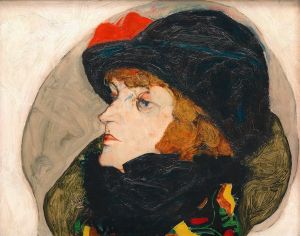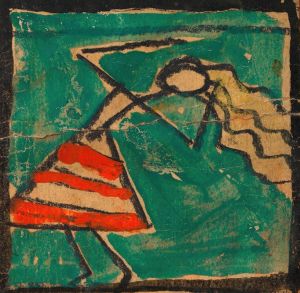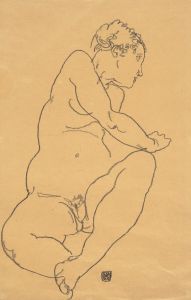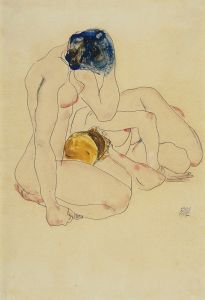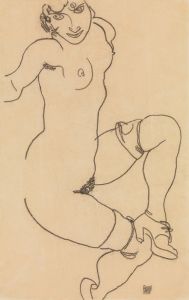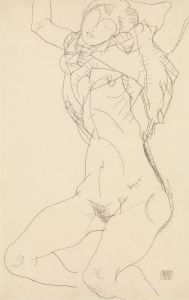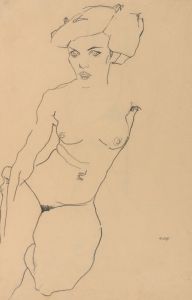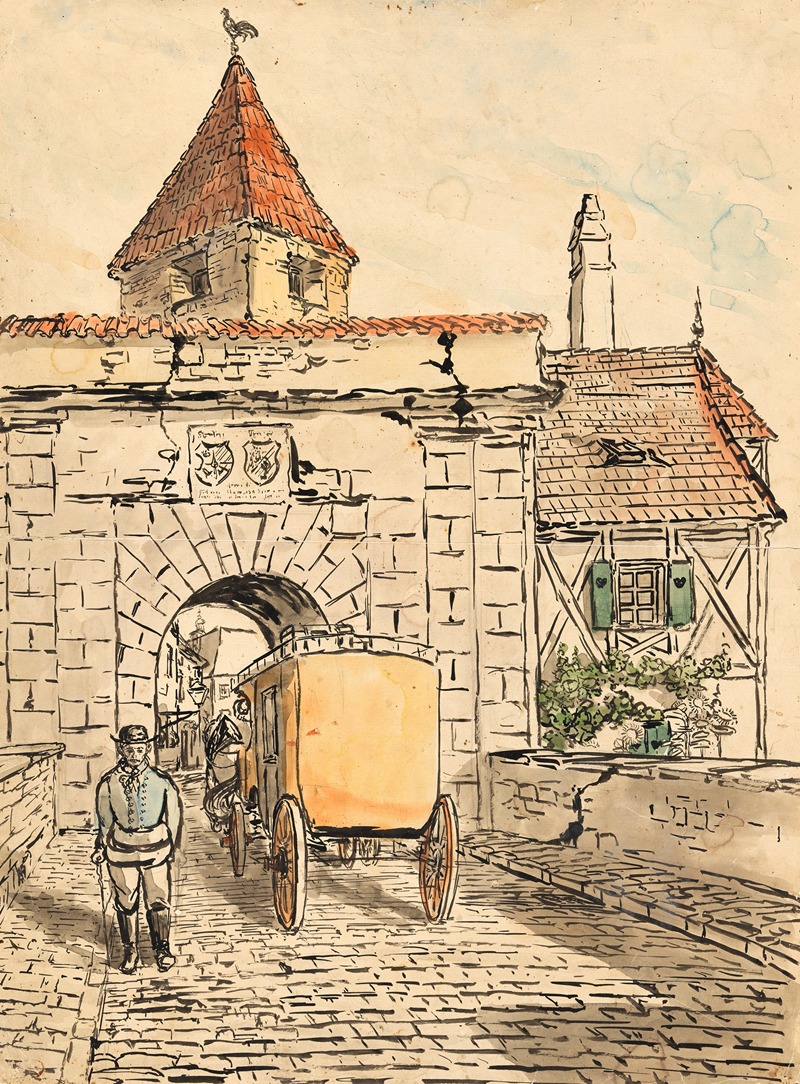
Stadttor mit Kutsche
A hand-painted replica of Egon Schiele’s masterpiece Stadttor mit Kutsche, meticulously crafted by professional artists to capture the true essence of the original. Each piece is created with museum-quality canvas and rare mineral pigments, carefully painted by experienced artists with delicate brushstrokes and rich, layered colors to perfectly recreate the texture of the original artwork. Unlike machine-printed reproductions, this hand-painted version brings the painting to life, infused with the artist’s emotions and skill in every stroke. Whether for personal collection or home decoration, it instantly elevates the artistic atmosphere of any space.
Egon Schiele, an Austrian painter known for his distinctive style and contribution to early 20th-century art, created numerous works that have been celebrated for their intensity and raw emotional depth. One of his lesser-known works is "Stadttor mit Kutsche" (City Gate with Carriage). While there is limited information available specifically about this painting, it is possible to contextualize it within Schiele's broader body of work and the artistic environment of his time.
Egon Schiele was born in 1890 in Tulln an der Donau, Austria. He showed an early talent for drawing, which led him to study at the Vienna Academy of Fine Arts. Schiele's career was notably influenced by the Vienna Secession, a movement that sought to break away from traditional artistic conventions. Gustav Klimt, a leading figure of the Secession, became a mentor to Schiele, and his influence is evident in Schiele's early works.
Schiele's art is characterized by its expressive use of line and color, often exploring themes of sexuality, death, and the human condition. His figures are frequently distorted, with exaggerated features that convey a sense of psychological tension. This approach set him apart from many of his contemporaries and established him as a key figure in Austrian Expressionism.
"Stadttor mit Kutsche" likely reflects Schiele's interest in capturing the essence of urban life and architecture, subjects that appear in several of his works. During the early 20th century, cities were undergoing significant changes due to industrialization and modernization, and artists like Schiele were keen to document these transformations. The depiction of a city gate with a carriage suggests a moment frozen in time, possibly highlighting the intersection of traditional and modern elements within the urban landscape.
While specific details about "Stadttor mit Kutsche" are scarce, Schiele's architectural works often feature a unique perspective and composition. He had a tendency to depict buildings and cityscapes with a sense of isolation and starkness, which can be seen in other works such as "Houses with Laundry (Suburb II)" and "Old Houses in Krumau." These paintings often lack human presence, emphasizing the structures themselves and their relationship to the environment.
Schiele's career was tragically cut short when he died in 1918 at the age of 28, a victim of the Spanish flu pandemic. Despite his brief life, he left behind a significant body of work that continues to influence artists and captivate audiences. His paintings, drawings, and watercolors are held in high regard for their emotional intensity and innovative approach to form and composition.
In summary, while specific information about "Stadttor mit Kutsche" is limited, it can be appreciated within the context of Egon Schiele's exploration of urban themes and his distinctive artistic style. His work remains a testament to the expressive potential of art and its ability to capture the complexities of human experience and the changing world.





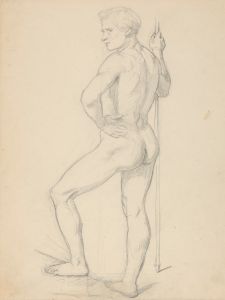
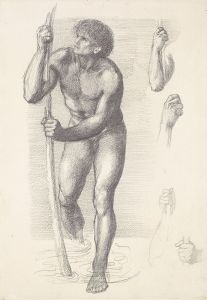
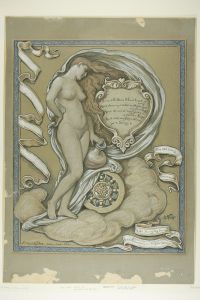
![Gate of the Metwaleys [Bab Zuwayla], Cairo.](/imgs/217486/s/david-roberts-gate-of-the-metwaleys-bab-zuwayla-cairo-669b6ca3.jpg)
